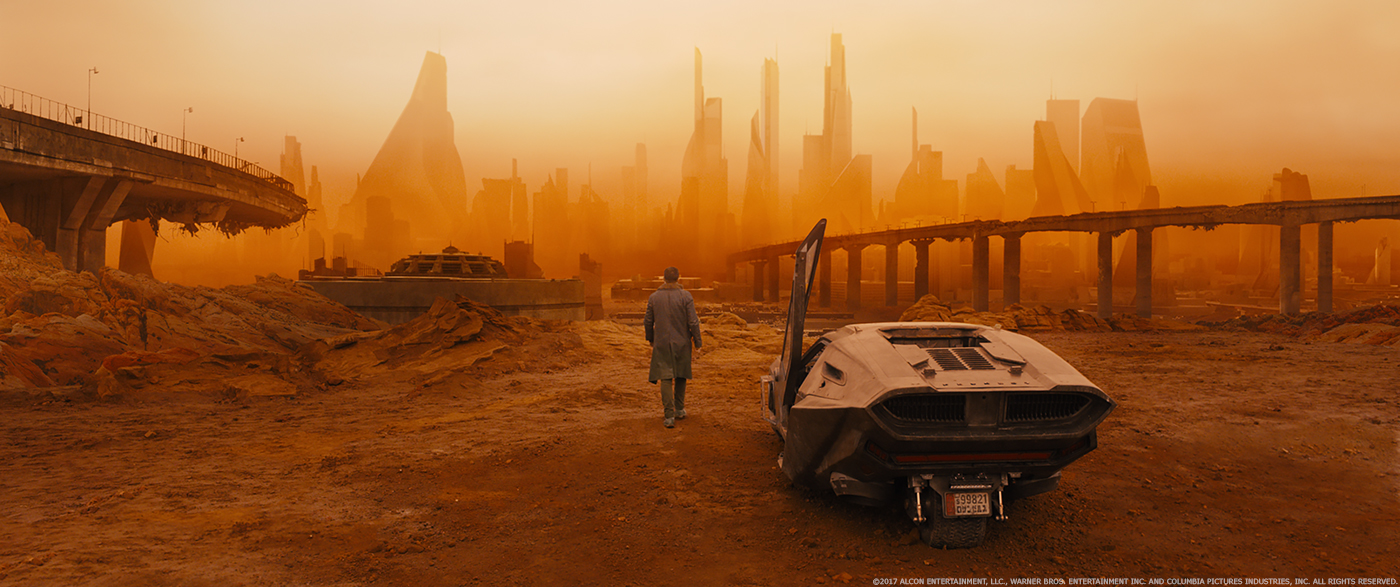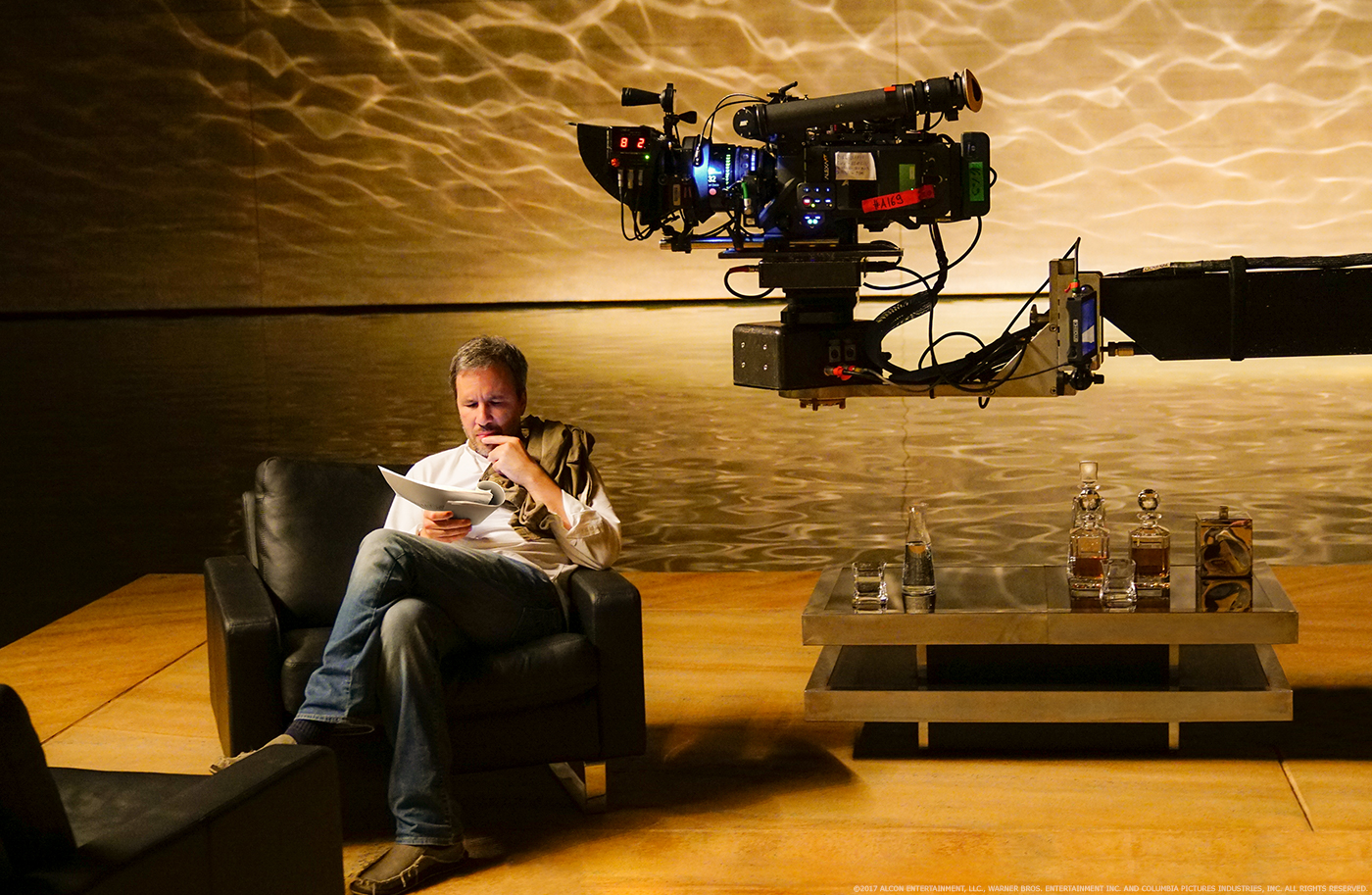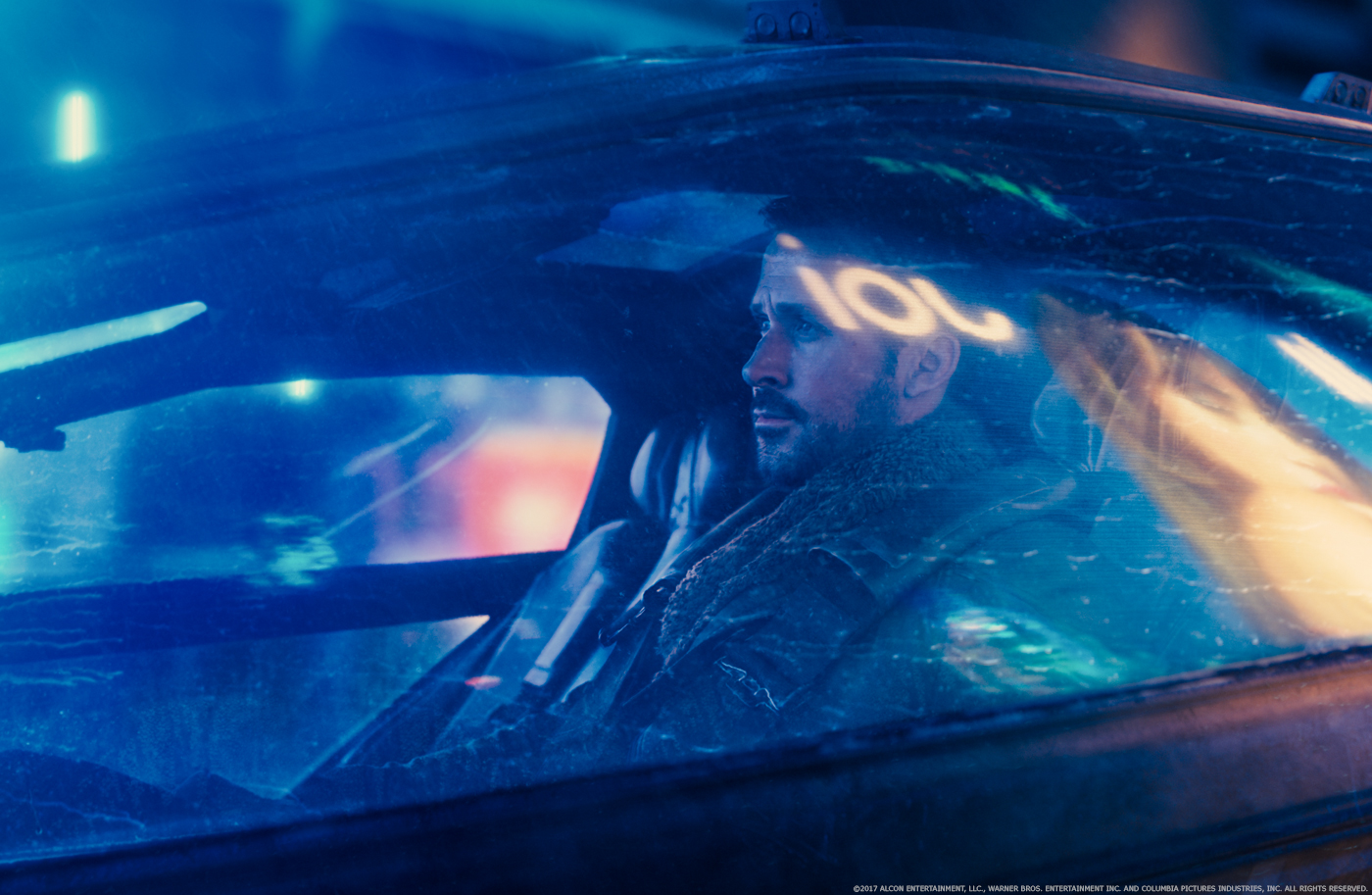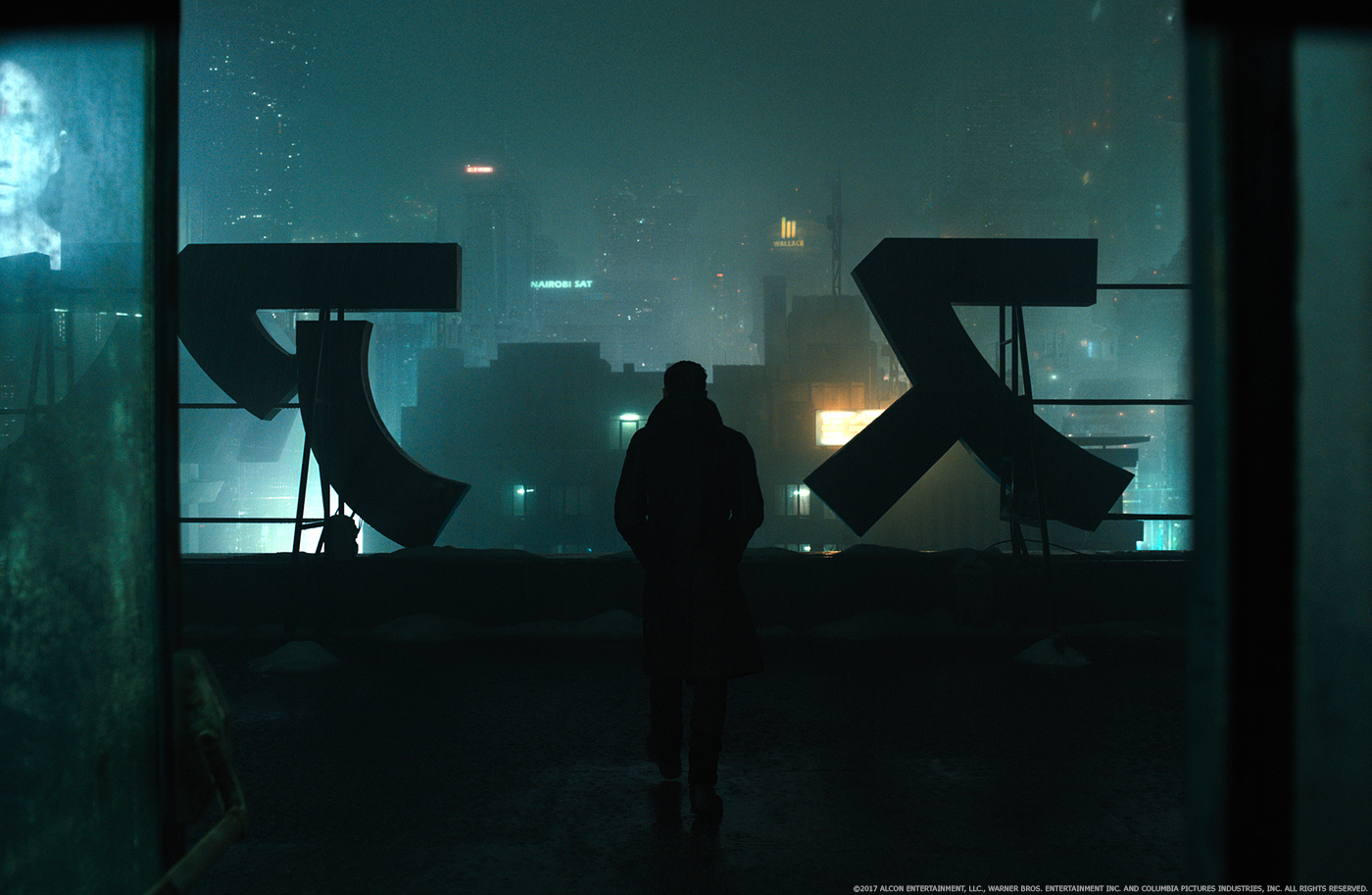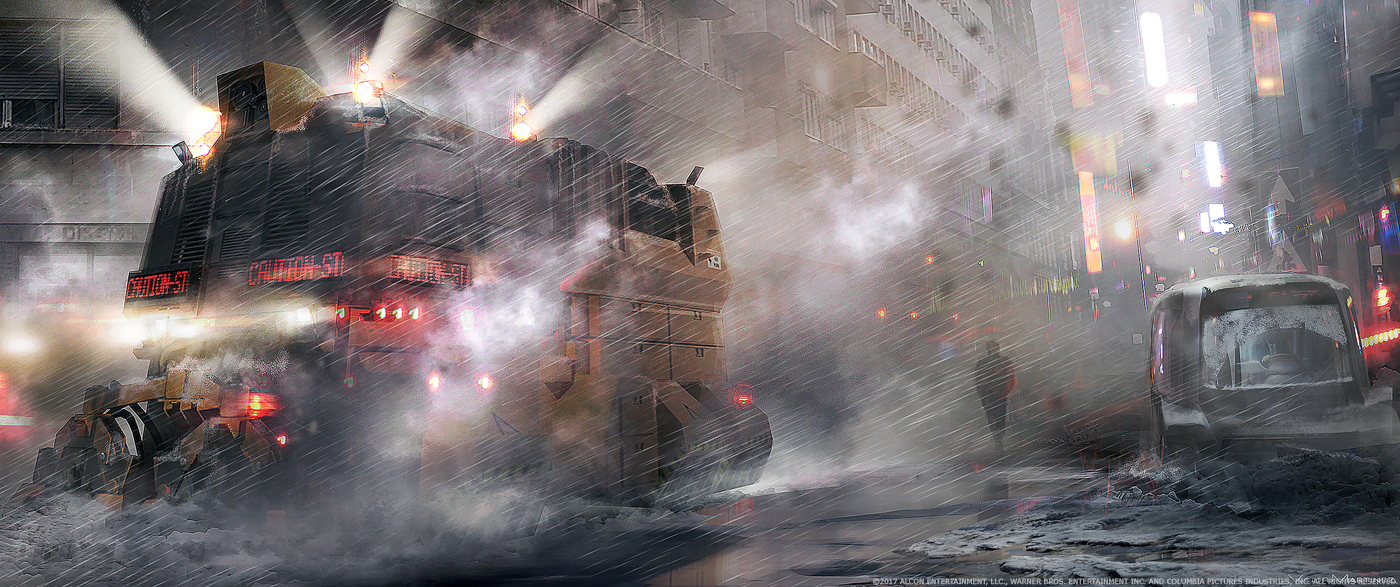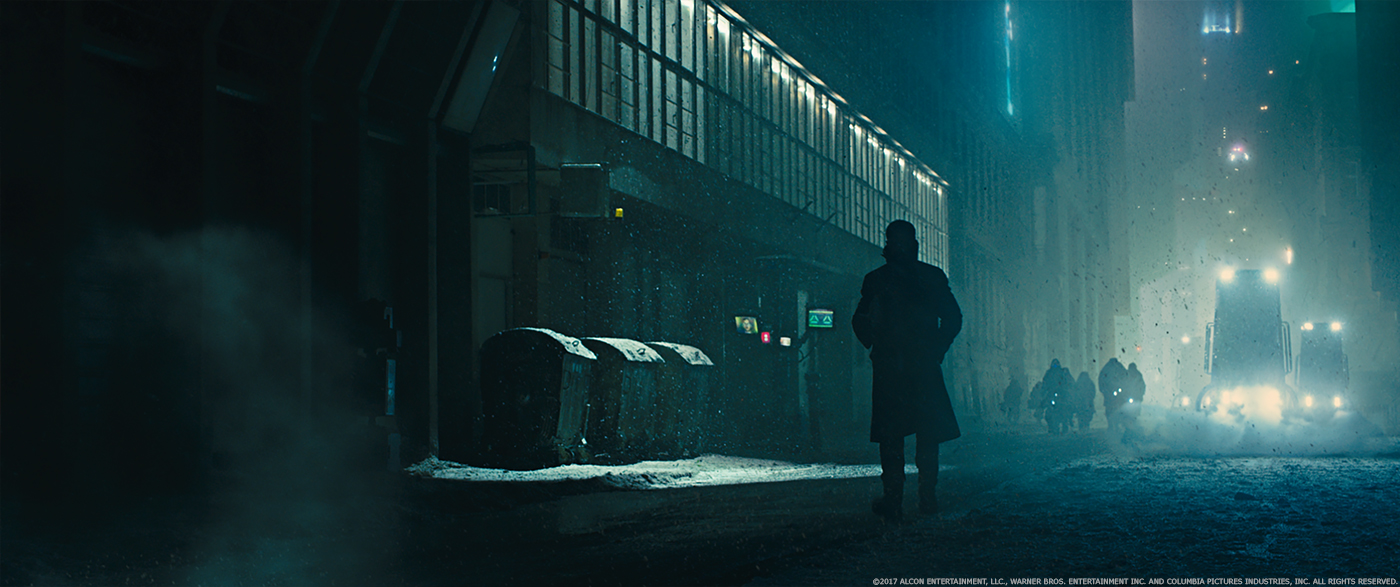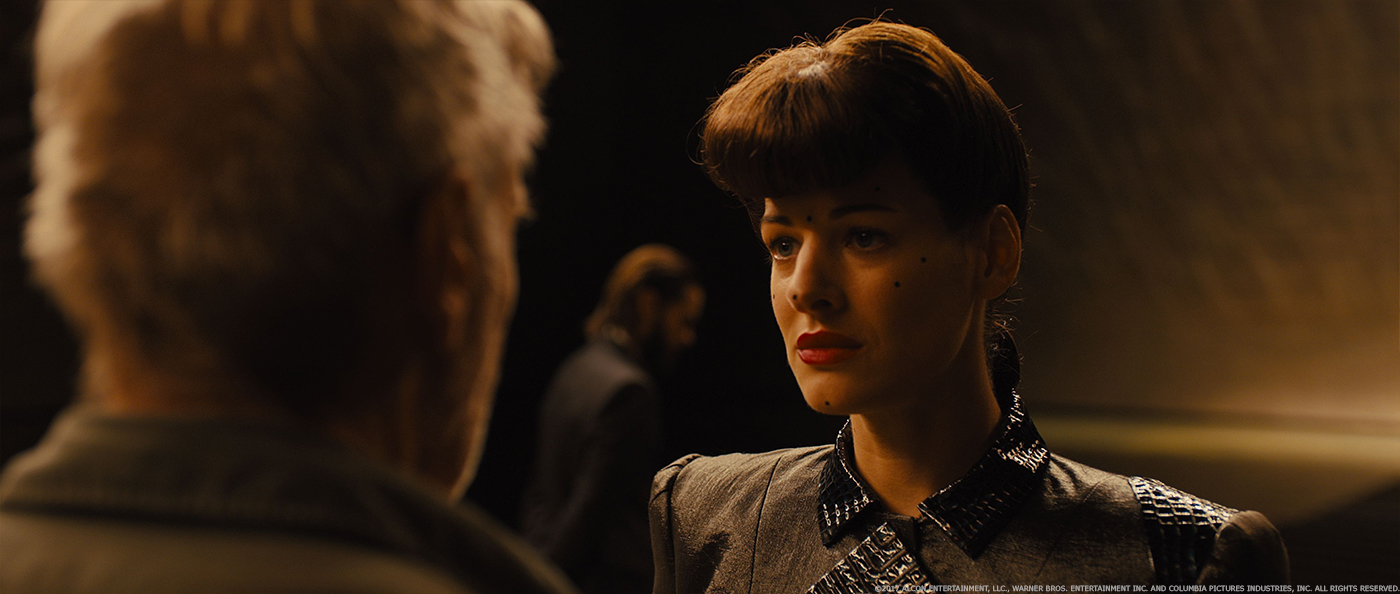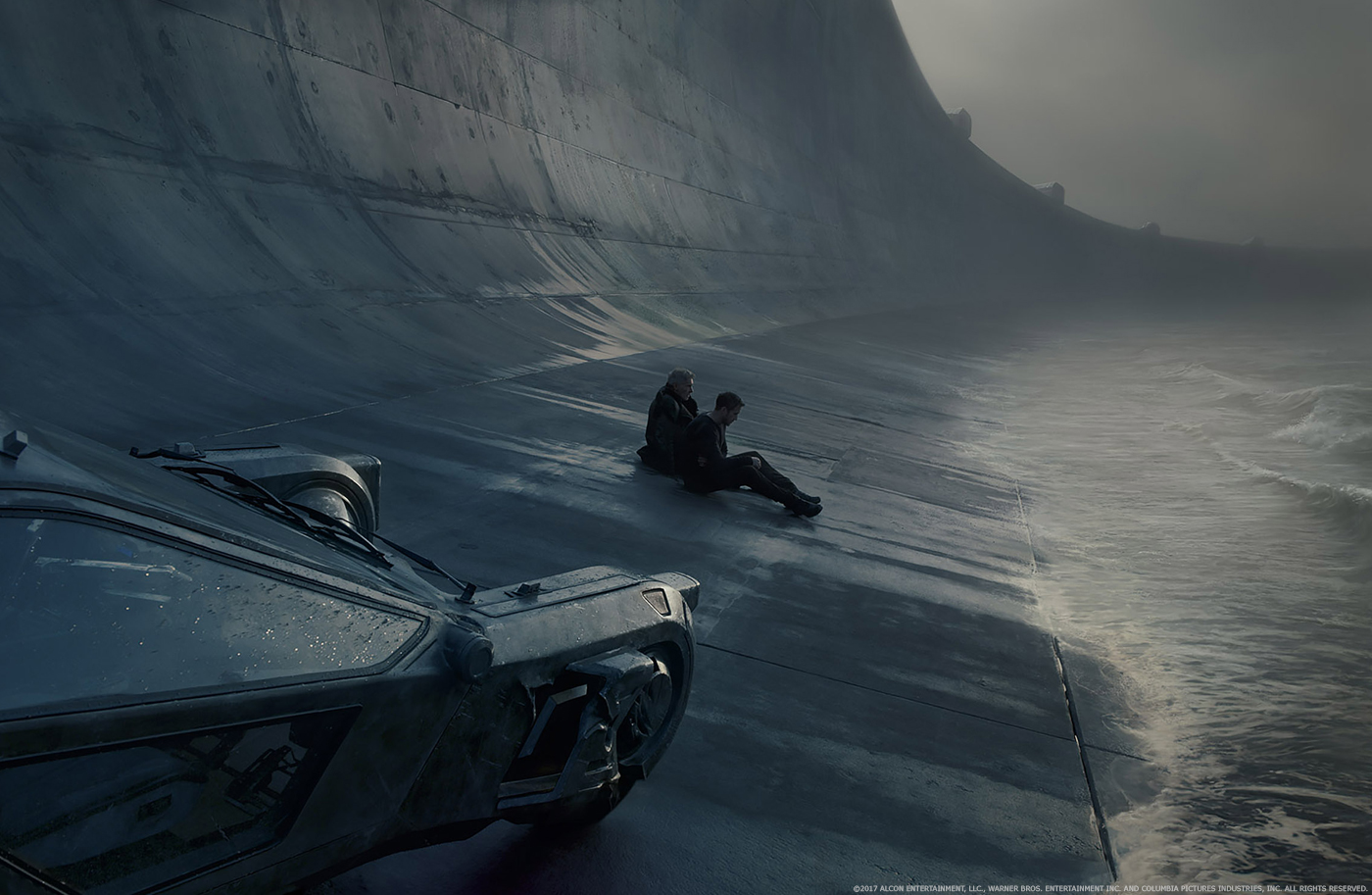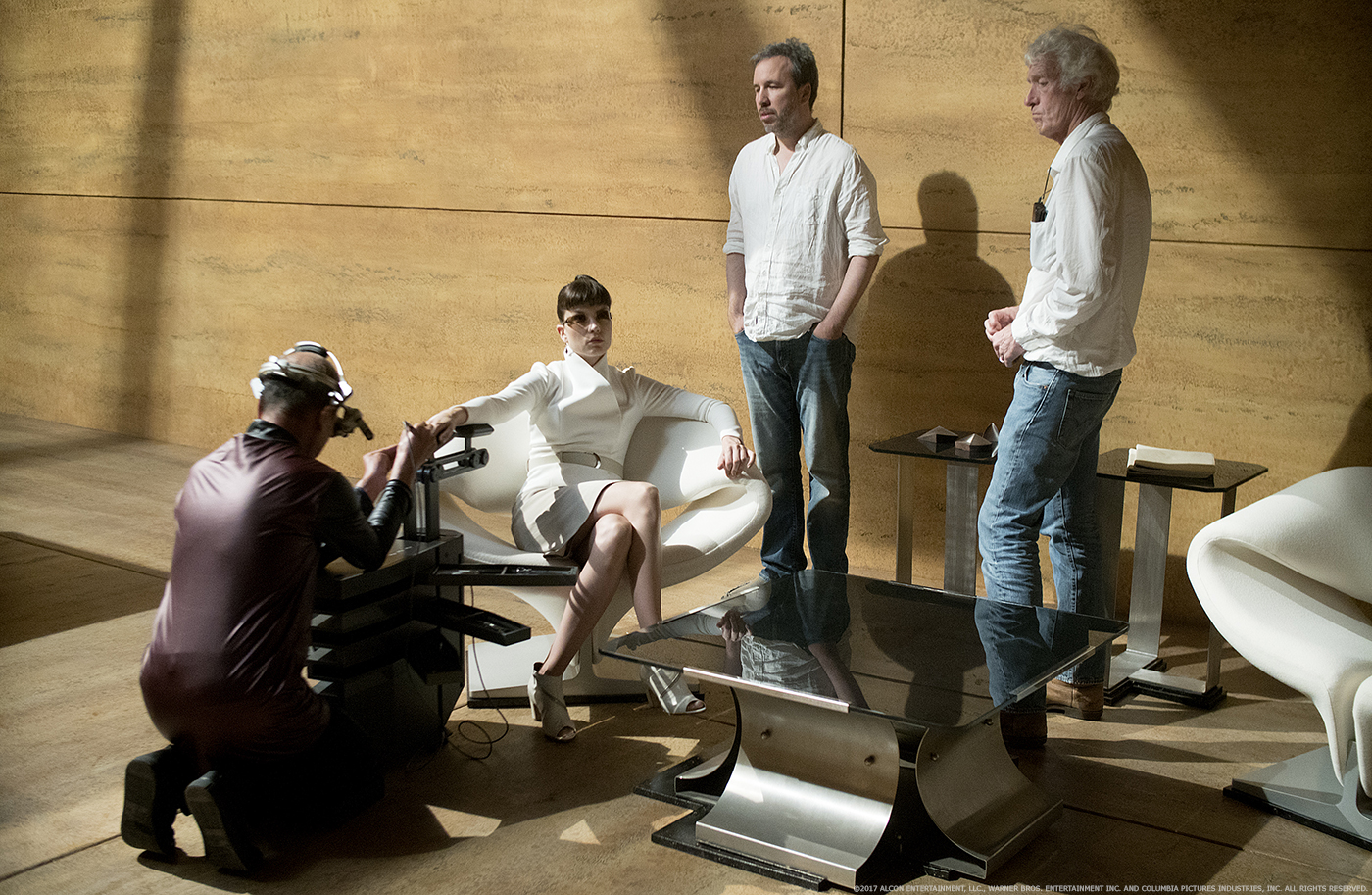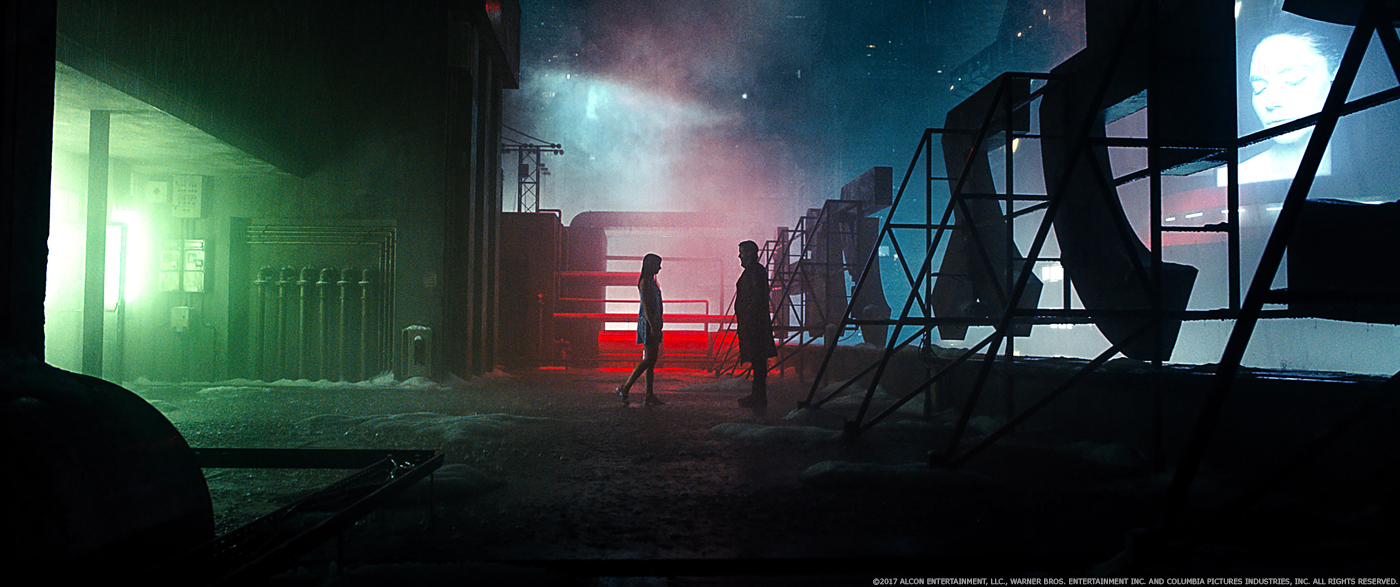Karen Murphy began her career in the visual effects almost 25 years ago. She has produced the effects of many films such as TITANIC, WILD WILD WEST, HUGO and FURIOUS 7.
What is your background?
My father was a Lieutenant Colonel at the Army Pictorial Training Center in Long Island, NY when I was a small child. That is where they made Army training movies. I loved to visit my dad on the set. It was like MASH set with GI dummies and exploded Jeeps strewn about. It was magic! My dad gave me a Rolleiflex camera at 7 years of age and taught me to develop film in our home darkroom.
Later in my twenties; I offered to work at Castle Rock for free. In turn they made me a PA in the camera Dept on MISERY with DP Barry Sonnenfeld. At night and on weekends I studied at ARRIFLEX and PANAVISION, becoming a certified camera assistant along the way. That led to my mentor, Barry Sonnenfeld bringing me on the THE ADDAMS FAMILY films and launched me into VFX.
How did you get involved on this show?
I got a call from producer Bill Carraro who I did THE WOLFMAN with. I’d work on any film he does. He understands visual effects and gives you the breathing room to do your job.
What was your feeling to work on the sequel of a cult movie?
Wow, what a huge responsibility. BLADE RUNNER is the holy grail of SCI FI and you have to have a lot of guts to even sign up for the task. There were nights I lost sleep. Usually worrying about something obvious… (its never the obvious that goes wrong by the way!)
I decided to not read anything on-line that was negative or discouraging about tacking the project. There was no time to dwell on the possibility of failure… failure just wasn’t an option. I didn’t want to get beat-up at ComicCon by delivering anything half-ass.
How was the collaboration with director Denis Villeneuve?
Denis Villeneuve taught me the power of restraint. He had a master vision and he struck to it, even when it meant cutting out a few big shots I’d fallen in love with. For instance, we’d present a gorgeous large 3-D environment… and he’d start dialing in the rain and atmosphere… he’d sock in this beautiful city shot with even more fog… because seeing more… wasn’t necessary adding more to the story.
How did you organize the work with VFX Supervisor John Nelson?
John is the creative lead who keeps all the vendors on point to create a cohesive over-all look… but he is also the best financial right hand a VFX Producer could have. So I’d share my financial hurdles and we’d work through them together. In exchange John gets to hear my creative opinion. John would always hear me out no matter how crazy my views or ideas were. It was a really good balance. Our most animated exchanges are when we would agree with each other…!
Can you tell us how you choose the various VFX vendors?
John and I have our favorite vendors, supervisors and artists we like to work with. Happily, we have a lot of favorite vendors and people in common. We knew we loved Rodeo FX for Matte Paintings. Victor and Vit at UPP. MPC for Rachael, I’ve used them for decades for all kinds of work. I could trust them with this gem. I wanted to work with Anna Normandin at Atomic Fiction… she had a special team we wanted to tap into. I have been using Framestore and Double Negative for two decades, so I had a lot of trust in them.
How did you split the work amongst these vendors?
We knew the creative strengths at each vendor and worked tirelessly to make it work financially. Being able to give the matte paintings to the people you really want to do them, and Rachael to the right vendor… You are building a creative team and pulling the best of the best into the fold. The magic is if you can make these creative choices and fit it into the financial box… this is where the VFX Producer magic comes into play!
Can you tell us more about your collaboration with their VFX supervisors?
It’s very exciting to find supervisors and vendor crew that speak the same language as Denis and John.
To see them find a short-hand in creative communication that drives the team toward a single cohesive visual goal. It also helps to have supervisors with brilliant IQs and a sense of humor. After all you are spending more time with these people than your own family. I can see Paul Lambert soaking wet on the night tank shoots and he’d be smiling and laughing. I’d turn to Richard Hoover with some real challenges, and appreciated his solid advice and ideas during the toughest times.
The vendors are all around the world. How did you proceed to follow their work?
We started with a previs team from MPC to work out the sequences based on concept, art, storyboards and set measurements. We also employed concept artists at Double Negative and Framestore London.
These were the beginning tools to get us on the same page with the facilities and aid in getting the directors buy-off on looks before we move into actual shot production. We had 8 different facilities on 5 or 6 time zones. We did reviews with cineSync who I have been using since 2005. It allows for reviewing work in progress as well as work we were shooting in New Zealand with WETA Workshop.
Juggling the various timezones was challenging. I’ve worn my robe on a few cine syncs, hope no one noticed!
Can you tell us more about the previz and shooting process?
We kept the Budapest team lean and mean with one Supervisor, one Asset Builder, and one shot creator. All supported by artists back at MPC in Montreal. Once CG assets were complete, we swapped that artist out for an additional shot creator who also did tech-vis. They then picked up with POST VIS back in LA for post. To be honest with you, If the scenes involves any kind of hand to hand fighting, you are just better off getting video cut together of stunt rehearsals. (AKA Stunt vis) It’s faster and gives editors something to cut with immediately.
This new movie is full of various environments and locations. How did you approach the creation of the places?
Dennis Gassner’s key concept art was the blueprint. John and I were single minded about staying true to the designs he worked so hard to create with Denis. There were practical locations in Budapest that were amazing and gave scope from the get go. We had a Lidar team on board with us for the entire shoot. We also take traditional survey measurements and texture photos. I Lidar everything wether you think you need it or not… You can always clean up the data later once you determine if you need it.
Each facility also collected their own data. So we had plenty of material to work with once we got into post.
What was the real size of the sets?
There we practical Budapest locations, Full size set builds, partial set builds that required CG extension, Tank shooting that required CG water and CG extension. And full CG shots that really gave scope and defined the BLADE RUNNER world.
Can you tell us more about the use of miniatures?
We used WETA Workshop on my last film FURIOUS 7 and we had a really positive experience. WETA DP Alex Funke is as good as it gets and we knew we wanted him involved. They worked on our flying into the trash mesa sequence using aerials and reference form the ship yards in Bangladesh. It was challenging to keep the feedback seamless with the time differences and the demands of trying to shoot out Budapest. It would be the end of the Wellington day and we’d just be coming in. Juggling the 1st unit shoot and a shoot in NZ was no easy task. They need buy-off’s to keep shooting the next day.
If I had to do it all again, I would shoot the miniatures at the and of the schedule and be able to be in NZ with Denis and John.
How did you handle the lighting challenge for Las Vegas?
The orange, dusty look and tone of Vegas was first set with the practical shooting of K walking into Vegas. Roger Deakins lighting here was very well defined and planned. Instead of taking the easier Bluescreen option in the penthouse, we went with painted backings, allowing for Roger’s lighting to really lead without any ugly blue spill. This was not the easy, or inexpensive way of pulling off all those composites. But we knew going in, that those shots were going to need time so pushed them forward in the turnover process.
How did you handle the touching sequence when Joi is synching with another girl?
Well, this “touching” sequence was a lot more graphic in the storyboards early on. As the character and the relationship with K progressed the scene took on a more toned down deeper emotional feeling. John and I still scratch out head on how we would have executed some of those early storyboards… Board 32 in particular… whew… it was steamy!
Rachel is coming back in one sequence. How did you approach it?
I knew we had to take this Digital character to a whole different level so we wasted no time starting this work. We watched the original footage of Sean Young countless times studying all her most subtle facial movements… the tilt of her head, the purse of her lips, the way you see her lower teeth when she talks. We collected still photos and had Sean Young send us a collection of her personal photos from back in ‘82. I found a life cast on eBay and even though it was a few years after the original movie I bought it and later cyber-scannned it. As a fluke, I ended up having Sean Young son as one of my VFX PA’s, I didn’t tell anyone in the dept for months… until I had to finally let John Nelson in on it. So subconsciously we had a bit of Sean Young’s face around us all the time, (one of those things you can’t plan..)
Can you explain in details about the creation of this young Rachel?
John got involved with the casting of the body double. Lets face it, no one comes close to the original Sean Young. The way she walks, talks… she was an other-worldly beauty. The settled on an actress Loren Peta who did a lot of work to get the mannerisms and walk down. We did photogrammetry at USC with Sean Young and Loren Peta and facial capture using DI4D who flew over from Scotland.
Denis directed Peta on the soundstage alongside Harrison Ford; meanwhile MPC worked on building Rachael’s face from model to skeleton to human. In building a model this complex you don’t really see a likeness for as long as 6 months. So patience is needed for this kind of work. Be prepared to worry along the way… ”are we going to get there?… you just need to keep the faith and keep working ».
Which sequence or shot was the most complicated to created and why?
There is one shot that the whole film rides on… the close up of Rachael talking. It’s an emotional scene, its climactic, you believe that shot and the whole film is a success. MPC did a beautiful job. John and I would still be working on that shot if we had our druthers!
What is your favorite shot or sequence?
One of my favorites is the one Denis cut out… am I allowed to say that?
It’s a spinner flying shot and it is banking, leveling out and flying through a city corridor of futuristic buildings and ads. It’s immersive and beautiful. It was conceptualized, it was planned, it was shot, it was worked on digitally, and in the end Denis didn’t feel it was right. They told me in film school, “Be prepared to cut your favorite shot”… this was one of those moments. This is part of that “Restraint” Denis has…
What was the main challenge on this show and how did you achieve it?
You feel like a circus juggler, leading the previs team, in-house team, Lidar, cyberscnaning, test shooting, facial capture, 8 digital vendors, miniature shooting, interfacing with Special effects, art dept, wardrobe, lighting, tank shooting, aerials in multiple locations.
The Visual effects touched every dept on this film and the challenge was to keep the creative information flowing in order for the visual Effects to stay true to Denis’ vision. When you are in it, you just keep dancing… later you look back and Holy Sh_t… that was pretty amazing!
What is your best memory on this show?
Being on the set in Budapest and seeing Denis Villeneuve in his element, seeing him get what he wants from the take. Looking over and seeing Roger Deakins in his element creating the most amazing lighting set ups, John Nelson leading the VFX charge with an energy level that is not of this world, Denis Gasner so focused and zen, Gerd Nefser of SPFX at the tank with those huge, complicated Spinner and dune tank rigs… and the realization that « wow, I’m in the best company ever! » A dream team in real life!
How long have you worked on this show?
From beginning to end, 2 years… basically I was living in the BLADE RUNNER world for two years straight. As a VFX Producer you start with them handing you a script and you get to stay on till that last VFX shot delivers and into the final QC screenings. It’s an amazing journey to be able to be on a film from beginning to end.
What’s the VFX shots count?
1190… not counting shots omitted. Considering the look and scope of the film, it feels like more shots to be honest with you. We had an in-house compositing team that handled several hundred shots as well.
What was the size of your on-set team?
I prefer to work with a smaller team and I tend to hire crew for attitude first.
I ask myself, do I want to be in he trenches with this person? Are they passionate about the material?
I had a Production Manager, Coordinator, and 2 to 3 Data Wranglers. Add to that an office coord and two Pas. One Data Wrangler Jean-Louis Darville stayed on for production through post as he brought all the knowledge of the shot elements with him.
In post I layed on two additional coordinators to tighten the feedback loop on the many facilities and multiple time zones.
What is your next project?
I just signed up for GEMINI MAN with Ang Lee.
He is a master film maker that I have always wanted to work with. Its the chance to take the CG character work I did with Paul Walker on FURIOUS 7 and Rachel on BLADE RUNNER 2049 to the next level.
What are the four movies that gave you the passion for cinema?
A CLOCKWORK ORANGE
THE WIZARD OF OZ
NORTH BY NORTHWEST
CINEMA PARADISO
A big thanks for your time.
© Vincent Frei – The Art of VFX – 2017

